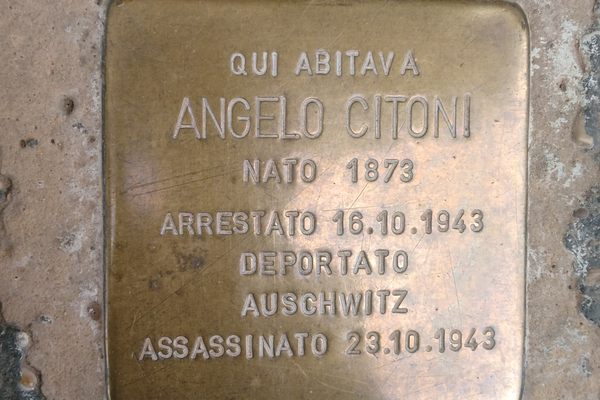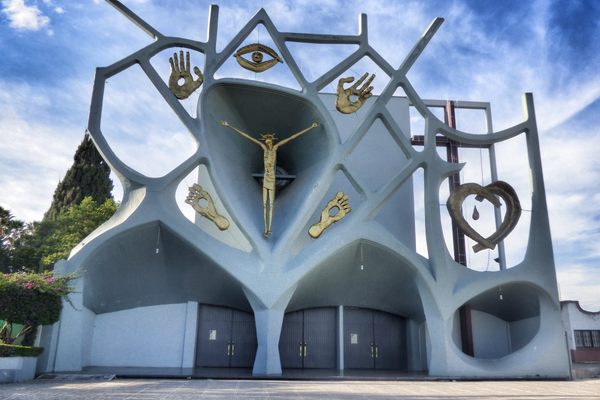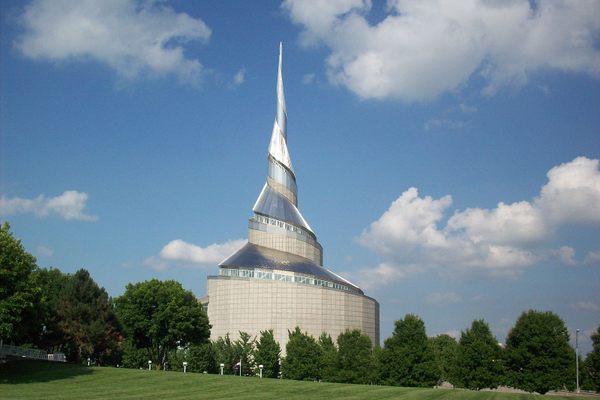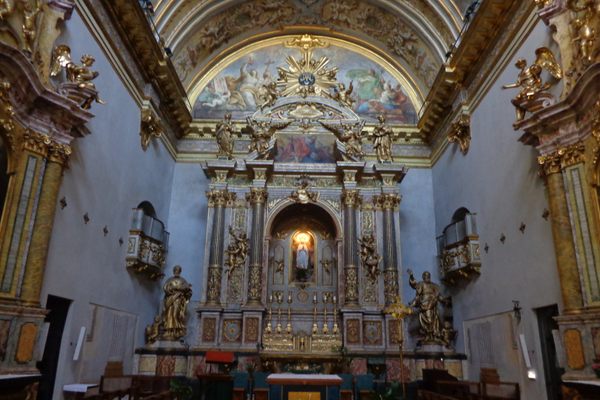Tempietto at San Pietro in Montorio
More sculpture than building, this architecturally significant temple was built on the spot of Saint Peter's crucifixion.
This small, round temple features a mix of classical references and elegant ratios and it is also considered to be the prototype of the basilica of San Pietro in the Vatican.
On the spot where it was said St. Peter was crucified, the church of San Pietro in Montorio sits overlooking the eastern slope of Gianicolo hill. Built in the 15th century, the gorgeous church holds copious amounts of renaissance art including frescoes from Italian masters and a chapel entirely designed by Gian Lorenzo Bernini, but the true gem sits in the outer cloister. A smaller, circular temple, the “tempietto” sits in the middle of the larger church’s rectangular plaza, a hidden but influential piece of architectural history designed by one of the most visionary architects of the Italian renaissance.
Commissioned by the King Ferdinand, the construction of the small temple probably started around 1510 under the design and direction of Donato Bramante. Taking inspiration from ancient buildings such as the Temple of Vesta (or what was thought to be the Temple of Vesta at the time) and the Roman Pantheon, the building is a single chamber temple with a hemispherical, concrete dome at the top and a perfectly-spaced series of niches and pilasters on the main body. The exterior is completed by a ring of columns built in Tuscanic (an offshoot of Doric) Form.
The temple features so many well-mixed architectural references from Roman and Greek culture that word of its beauty and harmony quickly inspired praise from contemporary critics and artists such as Giorgio Vasari.
In addition to the accolades lauded on the building at the time of its construction, modern critics also see the tempietto as the prototype for the greater Basilica of Saint Pietro in the Vatican. Given the temple’s small size it does not seem to serve a great deal of functional purpose, but as a show of architectural precision and the multi-cultural influences of the burgeoning renaissance, the little temple stands above all the rest.

















Follow us on Twitter to get the latest on the world's hidden wonders.
Like us on Facebook to get the latest on the world's hidden wonders.
Follow us on Twitter Like us on Facebook